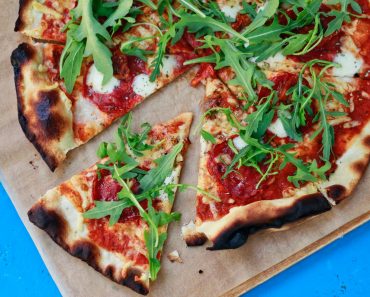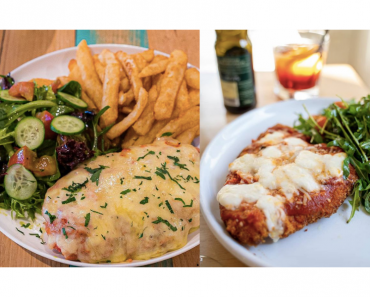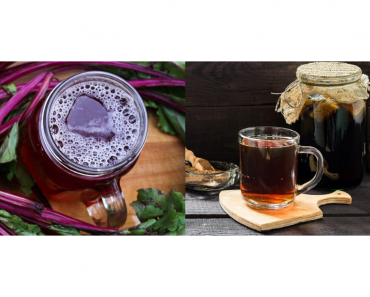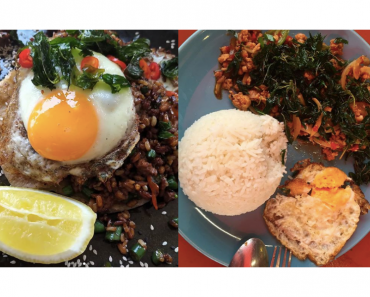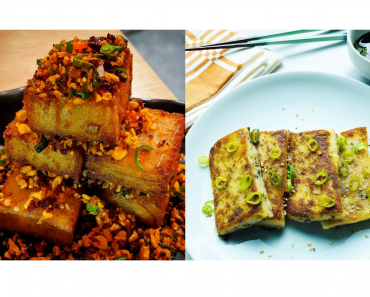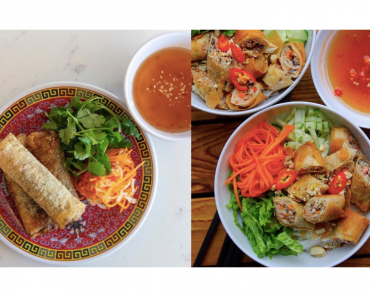Dolma is a family of stuffed dishes popular in Mediterranean cuisine and surrounding areas, including the Balkans, the South Caucasus, Central Asia, India, and the Middle East. Popular vegetables to stuff include tomato, pepper, onion, zucchini, eggplant, garlic, cabbage rolls, and pointed gourds.
They are stuffed with vine leaves commonly, and these are also sometimes referred to as Middle East sarma and Indian dorma. In general, meat dolmas are served warm, often with tahini or avgolemono sauce.
In general, dolmas prepared with olive oil and filled with rice are served cold with a sauce of garlic yogurt.
Greek Dolmades
- Author: Romae Chanice Marquez
- Recipe Category: Appetizer / Snacks
- Cuisine: Greek
Dolmades are eaten as an accompaniment to the main meal. It is made from vineyards or grape leaves filled with herbs, lemon rice, and folded over to create a small tray, then steamed. You can also find meat or vegetables packed with them.
The whole preparation and cooking time is around 1 hour and 40 minutes. This recipe is suitable for at least four people.
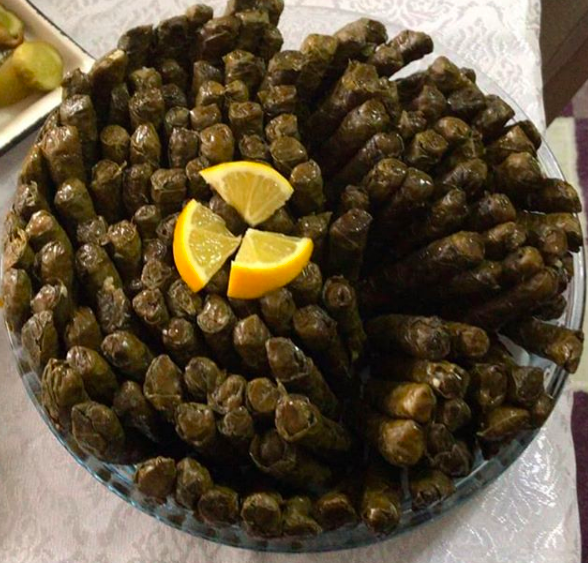
Try this Greek recipe at home. Photo credits to: @tiryakisi_ol_mutfagimin.
Greek Dolmades Ingredients
- 1/2 cup of extra-virgin olive oil
- 2 large yellow onions, finely chopped
- 2 small fennel bulbs, halved, cored, and diced
- 2 teaspoons of grated lemon zest
- 1/2 cup of pine nuts
- 1 cup of long-grain rice
- 2 cups of chicken stock
- 2 tablespoons of finely chopped dill leaves
- 1/4 cup of finely chopped flat-leaf parsley
- Kosher salt and freshly ground black pepper
- 1 jar of grape leaves, rinsed and drained
- 3 lemons, juiced
Greek Dolmades Recipe Instructions
Step 1: Coat a large saute pan with 1/4 cup of oil and position over medium heat to make the filling. Add the zest of the onion, fennel, and lemon, and mix for about 10 minutes until smooth.
Step 2: Add the pine nuts and rice, and saute with a cover for 2 minutes. Pour the chicken stock in (just 1/2 cup) and lower the heat. Simmer for about 10 minutes – until the liquid is absorbed and the rice is al dente.
Step 3: Scrape the mixture into a bowl of parboiled rice and add the dill and parsley; season with salt and pepper. Let it cool.
Step 4: Bring a large pot of water to a cool. Blanch the grape leaves until pliable in hot water for 5 minutes. Then, remove the stems and any leaves with hard veins. Pat dry with paper towels.
Step 5: Lay a grape leaf on a working surface, shiny side down, to assemble the dolmades. Place 2 rice filling tablespoons near the end of the leaf stem. Fold the end of the stem over the filling, fold to the middle on both sides and roll up into a cigar.
Step 6: It should be snug but not too closed because once it is fully cooked, the rice will swell. Squeeze in your hand’s palm gently to protect the roll. Continue with the remaining grape leaves and cap.
Step 7: Place the dolmades in a large Dutch oven or large deep skillet in a single layer seam-side down. Pour the remaining cup of broth, remaining olive oil, and the lemon juice over the dolmades. Add some water if necessary; the liquid should reach halfway up the rolls.
Step 8: Cover the pan and cook for 40 minutes over low heat until the dolmades are tender when a fork is pierced. Serve warm, cold, or at room temperature.
Greek Dolmades Additional Information
- Per serving has 53 calories, 2.3 g of fat, 396 mg of sodium, 7 g of carbohydrates.
- The plural form in Greek is dolmades, and this is sometimes preferred in English usage instead of “dolmas”.
- Takes 1 hour and 40 minutes to prepare.
- Serves 4.
About Greek Dolmades
Since decades ago, Dolma has been a part of Middle Eastern cuisine. Although the word dolma itself is most likely rooted in the Ottoman Topkapı Palace’s cuisine, stuffed vegetables are attested to in pre-Ottoman Arabic cookbooks that include meat-stuffed recipes such as eggplants.
Fig leaves stuffed with sweetened cheese were also called a thrion in ancient Greece.
Conclusion
Dolma’s origins are unknown and uncertain. However, this Greek recipe will help you get started with another healthy dish for you and your family. For more international recipes, click here.
Featured Image: @hamov.food / Instagram, @culluyaprak / Instagram


